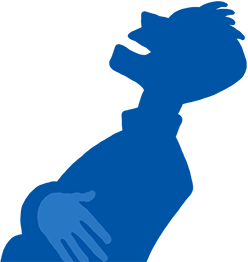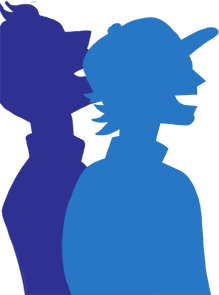All rights reserved
Draw the line


Unfortunately, sometimes athletes find themselves the victims of harassment and abuse. When this happens, sport very quickly stops being fun and becomes a very scary and isolating place.
Through ten scenarios, discover what harassment and abuse in sport means; the forms it can take; how you can identify and prevent it; and ultimately how you can protect yourself and others.



Draw the lineNEGLECT


Being exposed to an unsafe sporting environment comes under the term neglect, which is a form of harassment and abuse.
In this situation, it sounds like the sporting environment posed a risk to the athletes’ health. The coach failed to protect the athlete from the environmental risk. This is called neglect. It is a form of harassment and abuse.
Neglect can be defined as the failure of a coach or another person with a duty of care towards the athlete to provide a minimum level of care to the athlete, which is causing harm, allowing harm to be caused, or creating an imminent danger of harm.

Draw the lineHazing


Hazing is a form of harassment and abuse.
Draw the linePhysical Abuse


In fact, if the coach had required you to play, they would have put your health at risk. This is called neglect, and it is a form of harassment and abuse.
Draw the lineCYBER BULLYING


Always treat others with respect, on and off the field of play.
If you witness or are the victim of such behaviour, there are people and resources to help you.
Speak to your team welfare officer or somebody else that you trust.



Draw the linePsychological abuse


If you are an older or more experienced athlete, try to be a role model for other athletes, this helps to create a healthy respectful team dynamic.
Psychological abuse can be defined as a pattern of deliberate, prolonged, repeated non-contact behaviours within a power differentiated relationship. This form of abuse is at the core of all other forms.
Draw the lineHarassment / abuse


It is extremely important you tell your athlete safeguarding officer/ welfare officer, or use the IOC hotline.
It is very important that you raise your concerns to your athlete safeguarding officer/ welfare officer.
If there is no one you feel that you can speak to, you can contact the IOC using the secure hotline.
It is very important that you raise your concerns to your athlete safeguarding officer/ welfare officer.
Systems are in place to protect everyone in sport, and it is important that you speak out about any concerns that you have.
If there is no one you feel that you can speak to, you can contact the IOC using this secure hotline.
Draw the lineSexual harassment


It is important to treat everyone equally and with respect.
The solution to this is always to treat each other equally and with respect.
Discrimination is at the base of all forms of harassment and abuse, as is abuse of power. It is not acceptable behaviour.
It is important to treat each other equally, and with respect.
Draw the linePhysical abuse


If there is no one you feel that you can speak to, you can contact the IOC using this secure hotline.
In keeping silent and not reporting our concerns, we may create the impression for the victims that harassment and abuse is legally and socially acceptable.
In keeping silent and not reporting our concerns, we may create the impression for the victim that harassment and abuse is legally and socially acceptable.
Draw the lineHarassment


Draw the lineSexual abuse


If you have concerns, it is important you speak to your sport welfare officer or contact the IOC using this secure hotline.
